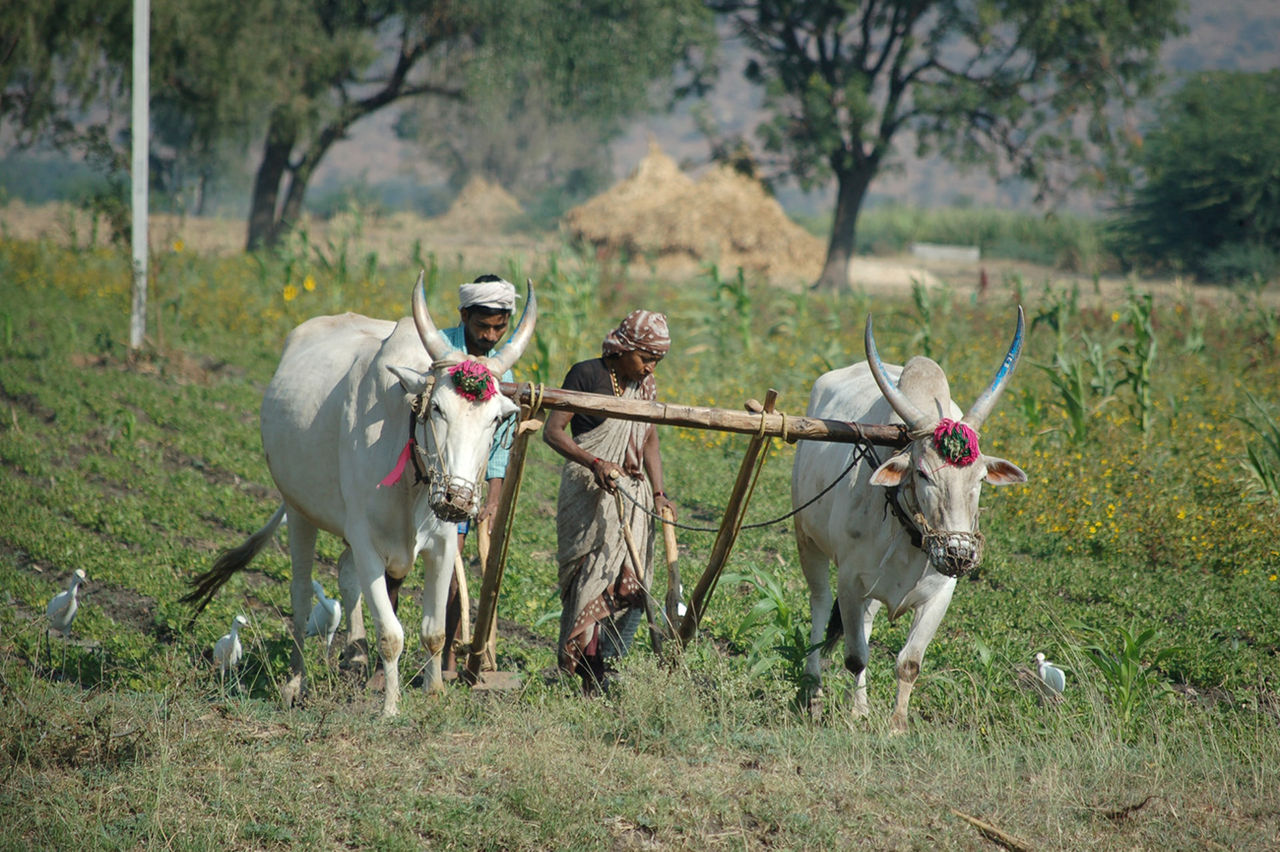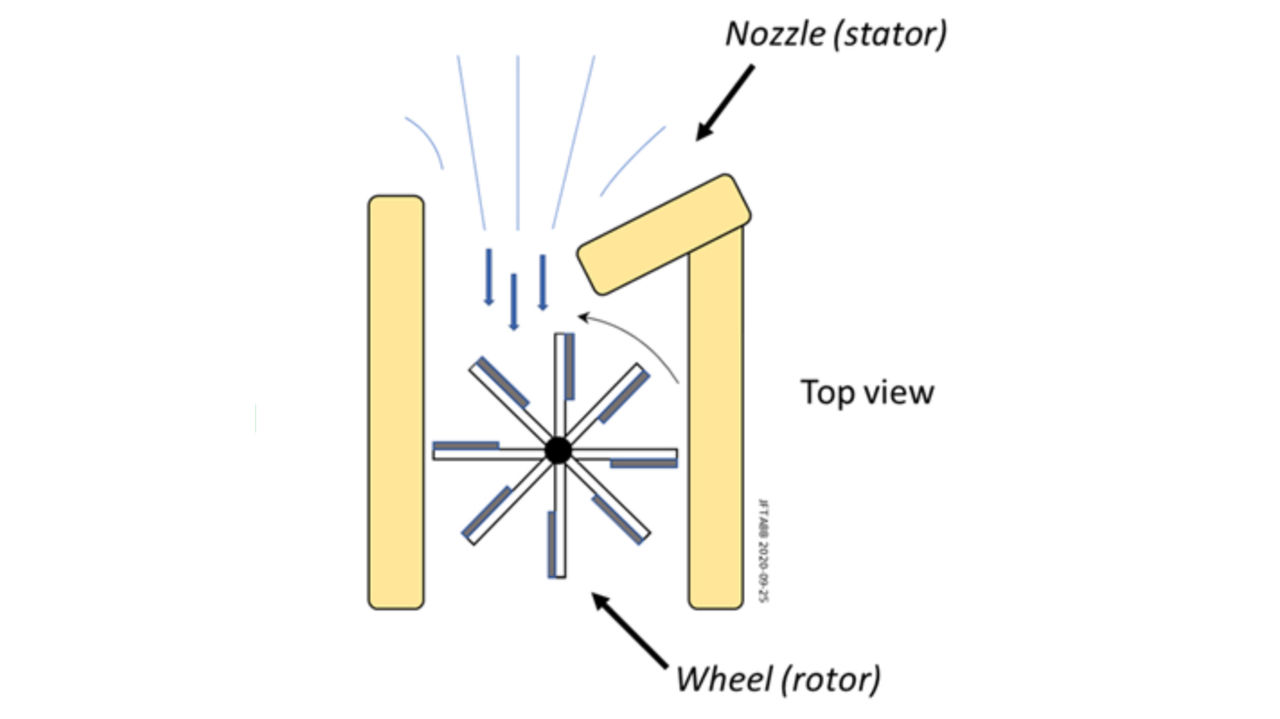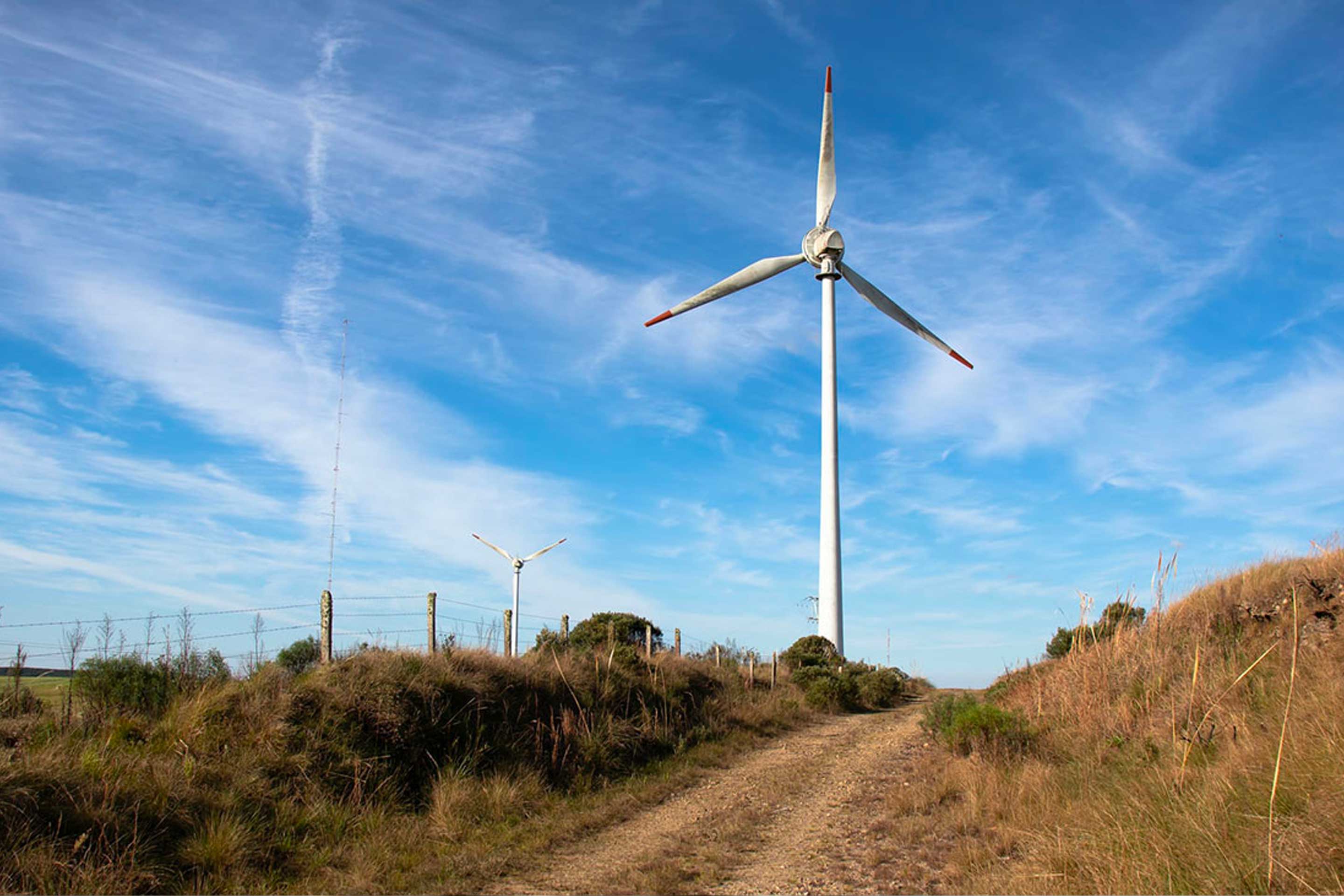The creation of the internal combustion engine was a huge step towards building the world as we know it, but its conception was anything but simple. Its lineage stretches back over thousands of years, and while we’ve already taken a look at the first steps, including the creation of rudimentary superchargers, pistons and combustion, alternative means of power have also played a vital part in the development of engines as we know them.
For starters, mankind turned to animal power.
Archaeological evidence suggests that the earliest domestication of animals occurred in western Asia around 8,000 BCE as humans increasingly turned to farming for their food supply.
By 6,000 BCE, humans had started to tame the wild ox, or aurochs, an animal that lived throughout much of Asia and Europe. Domesticated cattle proved to be much more versatile than goats or sheep; in addition to providing food, milk, and hides, cattle could be harnessed to till fields using early versions of the plow. The muscle power of cattle, and later donkeys and horses, dramatically increased the efficiency of farming, allowing for greater crop yields that supported larger populations and ultimately contributed to the rise of cities.
The use of animals helped to replace mechanical power developed by humans, although for a long time slaves were also employed alongside for pulling loads.
Since the Neolithic period, humans continued to develop the use of animal power, including animal selection and the way that animals are coupled to machinery. This included yoking on oxes, harnesses on horses, the introduction of horse teams for agricultural work, mills and transportation, and to hitches and carriages themselves. Changes were also made to roads and infrastructure, paving the way for technology to come.
Between 1750 and 1850, the time required for travelling 500km with horse-pulled stagecoach dropped from 10 days down to three days, according to L’amélioration de l’attelage a-t-elle réellement fait reculer le servage (Henri Polge 1967).
These developments accelerated just before and during the beginning of the first industrial revolution, and as with steam machines, the improvements on animal traction were already starting to release slaves from very hard physical tasks.
 Humans started taming the wild ox and other animals for farming as long ago as 6,000 BCE
Humans started taming the wild ox and other animals for farming as long ago as 6,000 BCE
Alternative means of power
In parallel to animal power, other natural power sources have been used since prehistoric times. The first that springs to mind is wind power. Why? Because wind has always surrounded humans since the very beginning.
The first sailing vessels were developed for use in the South China Sea and also independently in lands adjoining the western Mediterranean Sea by the 2nd millennium BCE.
Meanwhile, the first rotating wind machine may have been proposed by Hero of Alexandria, with the concept developed for driving an organ (Dietrich Lohrmann, “Von der östlichen zur westlichen Windmühle and A.G. Drachmann, “Hero’s Windmill”).
Things really started to progress during the 7-9th century AD, when wind power was embraced to drive machines, like pumps or mills, using paddle wheels or wing wheels (turbine wheels). The Persian windmill is a good example. This design was the “panemone”, with vertical lightweight wooden sails attached by horizontal struts to a central vertical shaft. It was first built to pump water, and subsequently modified to grind grain as well. And if you observe the sketch of the installation, don’t you see a nozzle at the inlet of a turbine rotor wheel…
 An overview of the panemone windmill
An overview of the panemone windmill
Last but not least, the use of wind energy has already enabled the Dutch people to recover a large part of their country on water or swamps, long before steam, Diesel and electricity.
Don’t forget water power
Mechanical water power actually originates from the sun. The sun evaporates water from sea, lakes and ground, transforming it into clouds and providing potential energy. Then, when this water is condensed back, it becomes rain and falls down on mountains and higher altitude points. Thanks to gravity, when running downhill as streams or rivers, this water can now offer its potential energy for driving any mechanical system, through water wheels or turbines.
 The concept of water wheels stretches back as far as the 4th century BC
The concept of water wheels stretches back as far as the 4th century BC
The earliest evidence of water wheels and watermills date back to the ancient Near East in the 4th century BC, specifically in the Persian Empire before 350 BCE, in the regions of Iraq, Iran, and Egypt.
Dams were invented earlier, mainly for irrigation or river water level control purposes, and were combined with water mills quite early in the form of mill ponds. Like windmills, water mills were used for pumping, driving mills, but also factories and forge workshops – for example for driving air bellows.
The first tide mills, whose origin of energy is in this case lunar gravity, could have been built during the Roman period, near London, on the river Fleet. However, it is certain that a 6th-century vertical-wheeled tide mill was located at Killoteran near Waterford (Murphy 2005).
These different types of power changed the world, making it possible for humans to achieve a lot more in far less time. They also combined with new technologies, including the railway and advanced mechanical transmissions, up to the point a limitation was reached.
Today, we’re seeing humans turn once again to natural power sources, including wind, solar energy, tide and gravity, but it was the development of steam, and eventually more advanced technologies, that really helped us to get to where we are today. Want to know more? Check back here next week for our article on the development of steam, in the next part of the journey into the history of the internal combustion engine.














